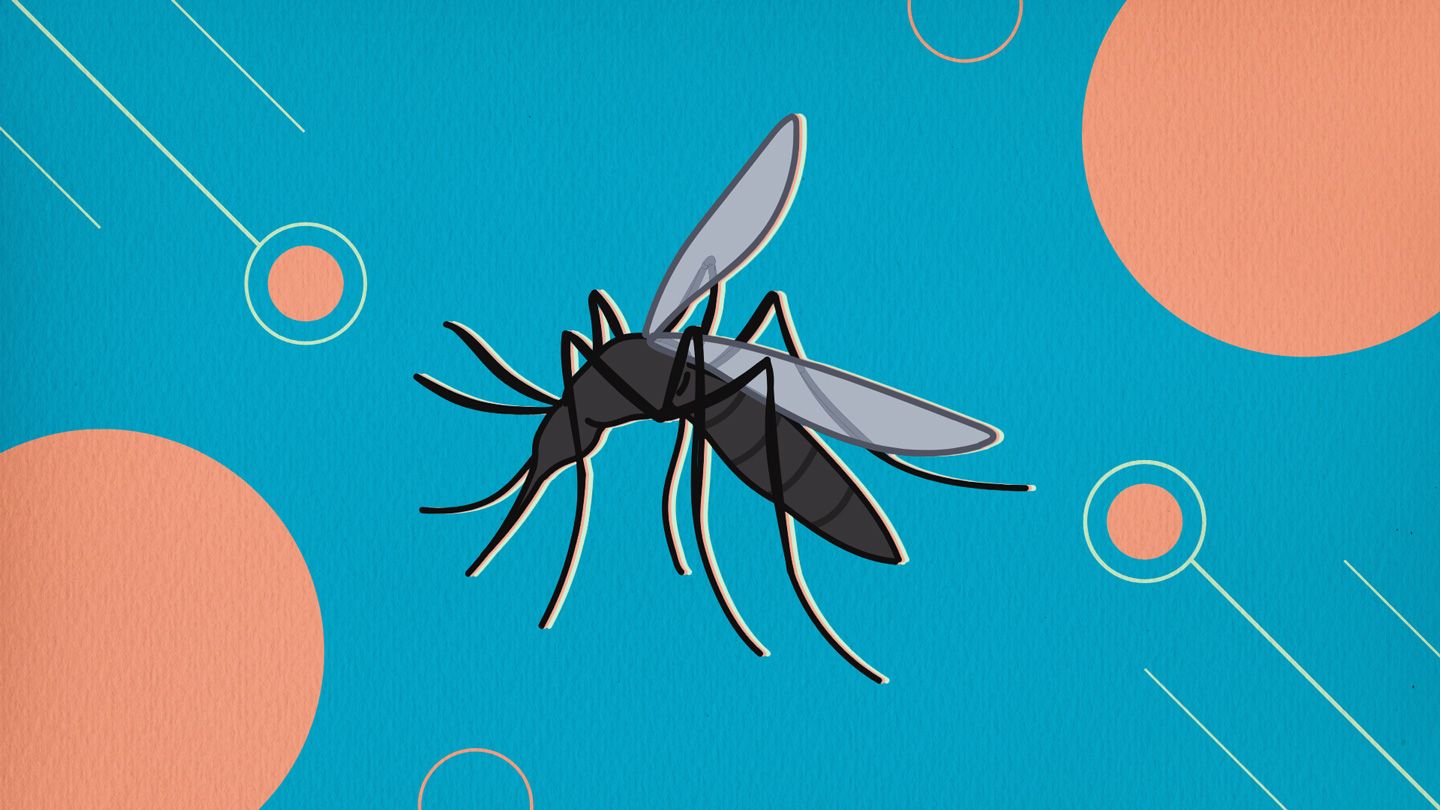Following the death of a 47-year-old Thrissur man from the West Nile Virus, Kerala’s health department has issued a notice. A six-year-old kid in the Malappuram district died of the same illness earlier this year. The virus was initially discovered in Kerala in 2006, in Alappuzha, and later in Ernakulam in 2011.

The West Nile Virus is a mosquito-borne, single-stranded RNA virus. According to the WHO, it is “a member of the flavivirus genus and belongs to the Japanese Encephalitis antigenic complex of the family Flaviviridae”. Culex species of mosquitoes act as the principal vectors for transmission. It is transmitted by infected mosquitoes between and among humans and animals, including birds, which are the reservoir host of the virus.
WNV can also be transmitted by blood transfusions, from an infected mother to her child, or through laboratory exposure. Contact with sick humans or animals is not thought to be a way for it to spread.
It does not spread “by consuming diseased animals, including birds,” according to the US Centers for Disease Control and Prevention (CDC). When it comes to completely cooking meat, always follow the recommendations.”
According to the WHO, there has been no recorded human-to-human transmission of WNV through casual contact to yet.
In 80 percent of afflicted persons, the illness has no symptoms. The rest get West Nile fever, also known as severe West Nile sickness. Fever, headache, exhaustion, body pains, nausea, rash, and swollen glands are among the symptoms in 20% of cases.
Encephalitis, meningitis, paralysis, and even death can result from a severe illness.
It is frequently lethal in those with co-morbidities and those who are immuno-compromised (such as transplant patients).
In 1937, the virus was discovered in a lady in Uganda’s West Nile area. In the Nile delta region in 1953, it was discovered in birds (crows and columbiformes like doves and pigeons). WNV was not deemed harmful for birds until 1997, when a more virulent strain caused the deaths of many bird species in Israel, with symptoms of encephalitis and paralysis.
In 1999, a WMV strain reported to be circulating in Israel and Tunisia made its way to New York, causing a huge outbreak that swept across the US and subsequently across the Americas, from Canada to Venezuela.
Human infections caused by WNV have been documented in various countries throughout the world for more than 50 years, according to the WHO.
Along important bird migration routes, WNV infection sites can be discovered.
The virus is now widely distributed over Africa, Europe, the Middle East, North America, and West Asia.
It is possible to avoid contracting this vector-borne disease by protecting oneself against mosquito bites. Wearing clothing that acts as a barrier to bites, reducing breeding sites, covering water storage containers, eliminating puddles and drainage of places where water accumulates, eliminating unusable containers where water pools, and controlling garbage in yards and gardens are all other steps that can be taken.
